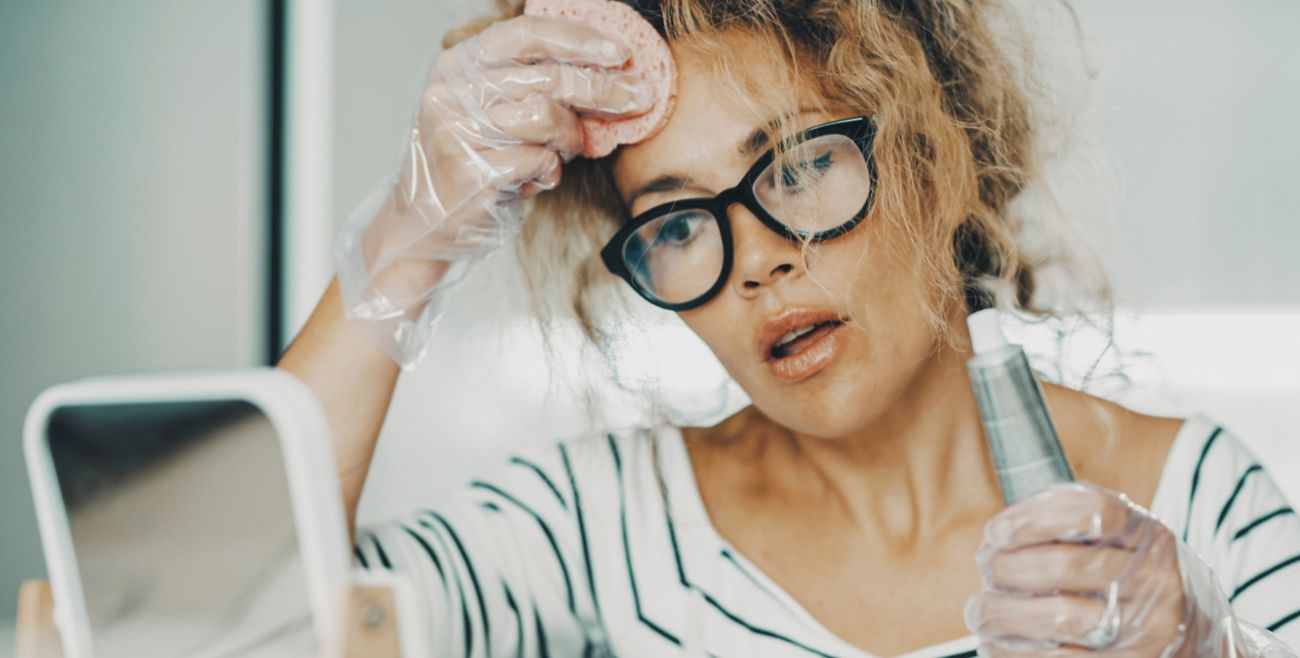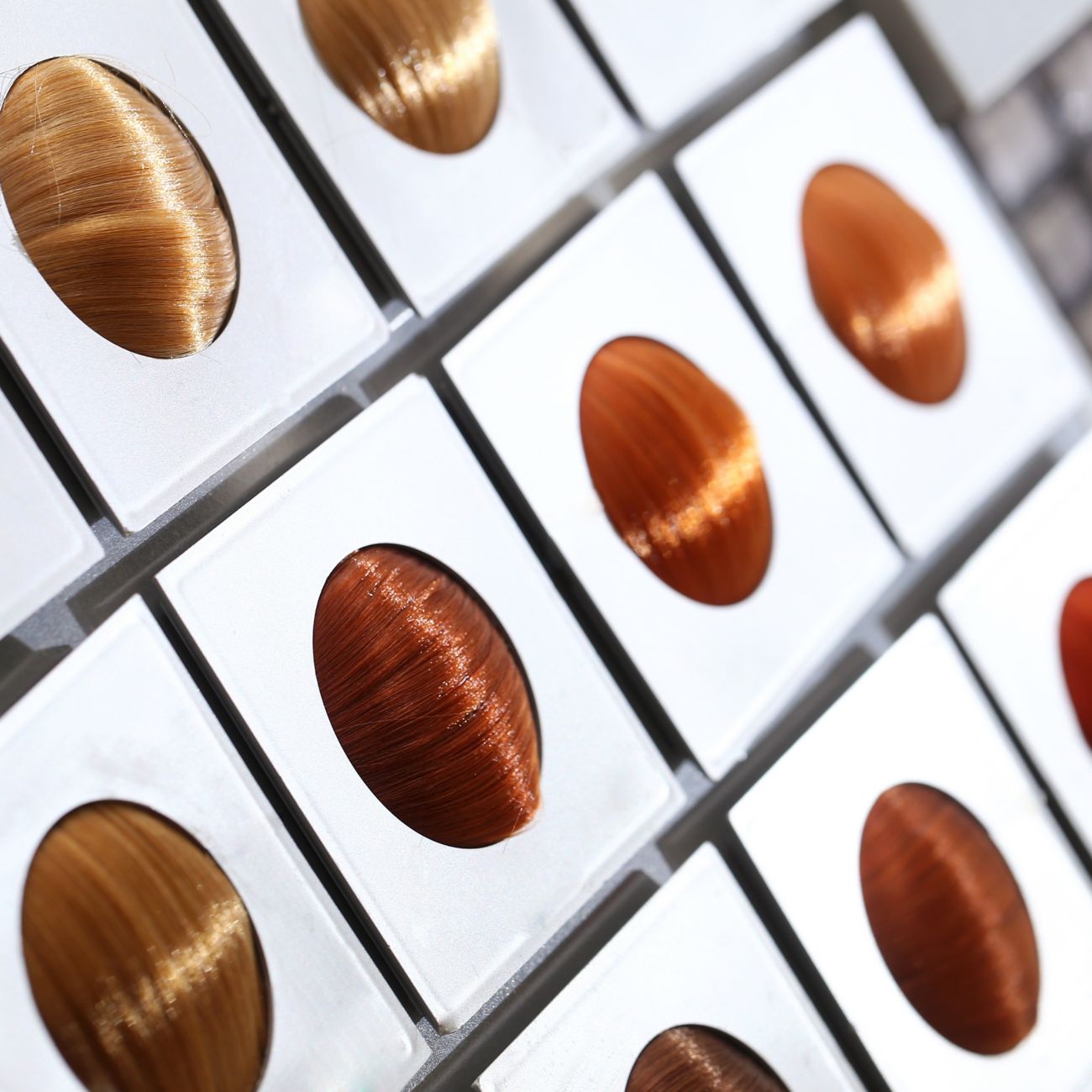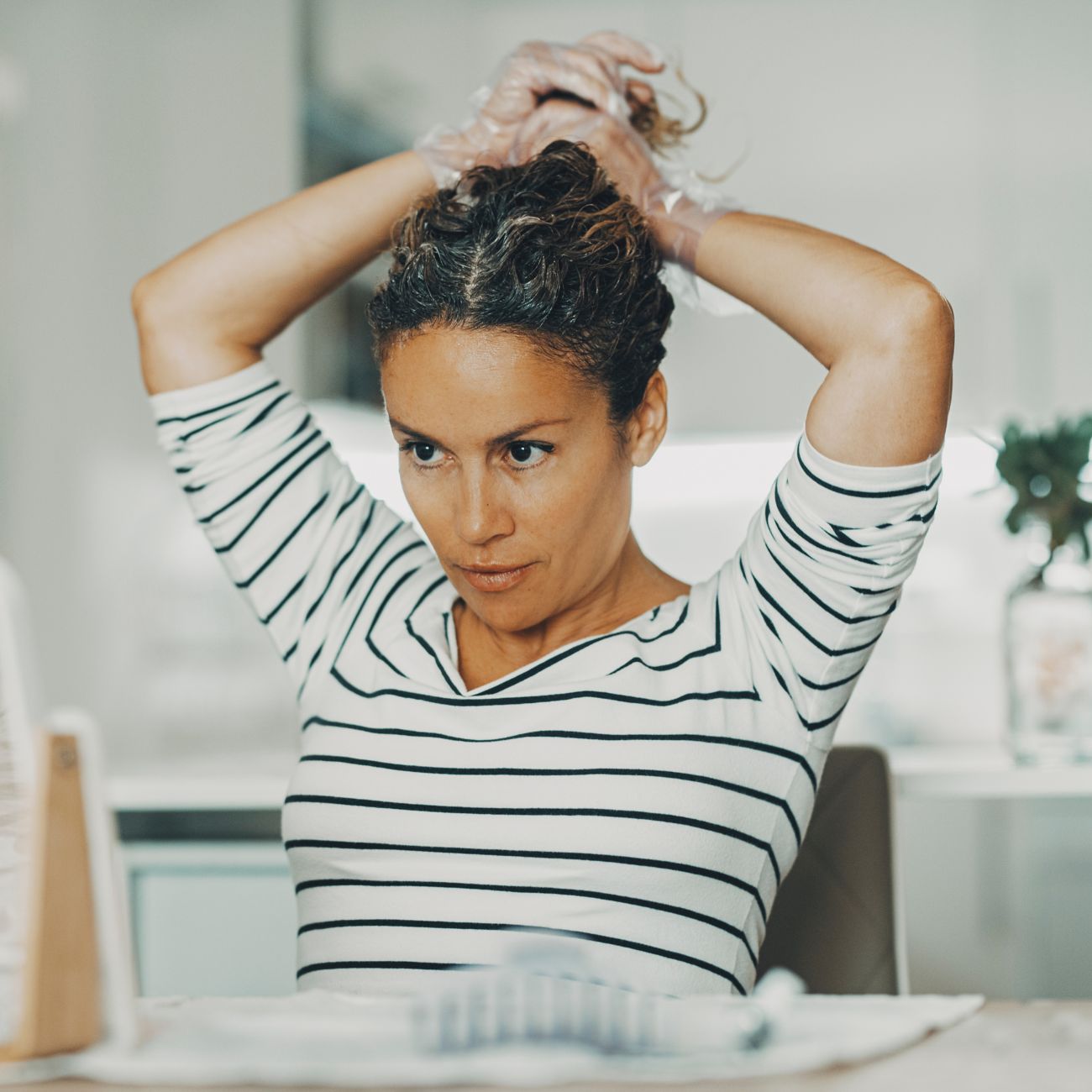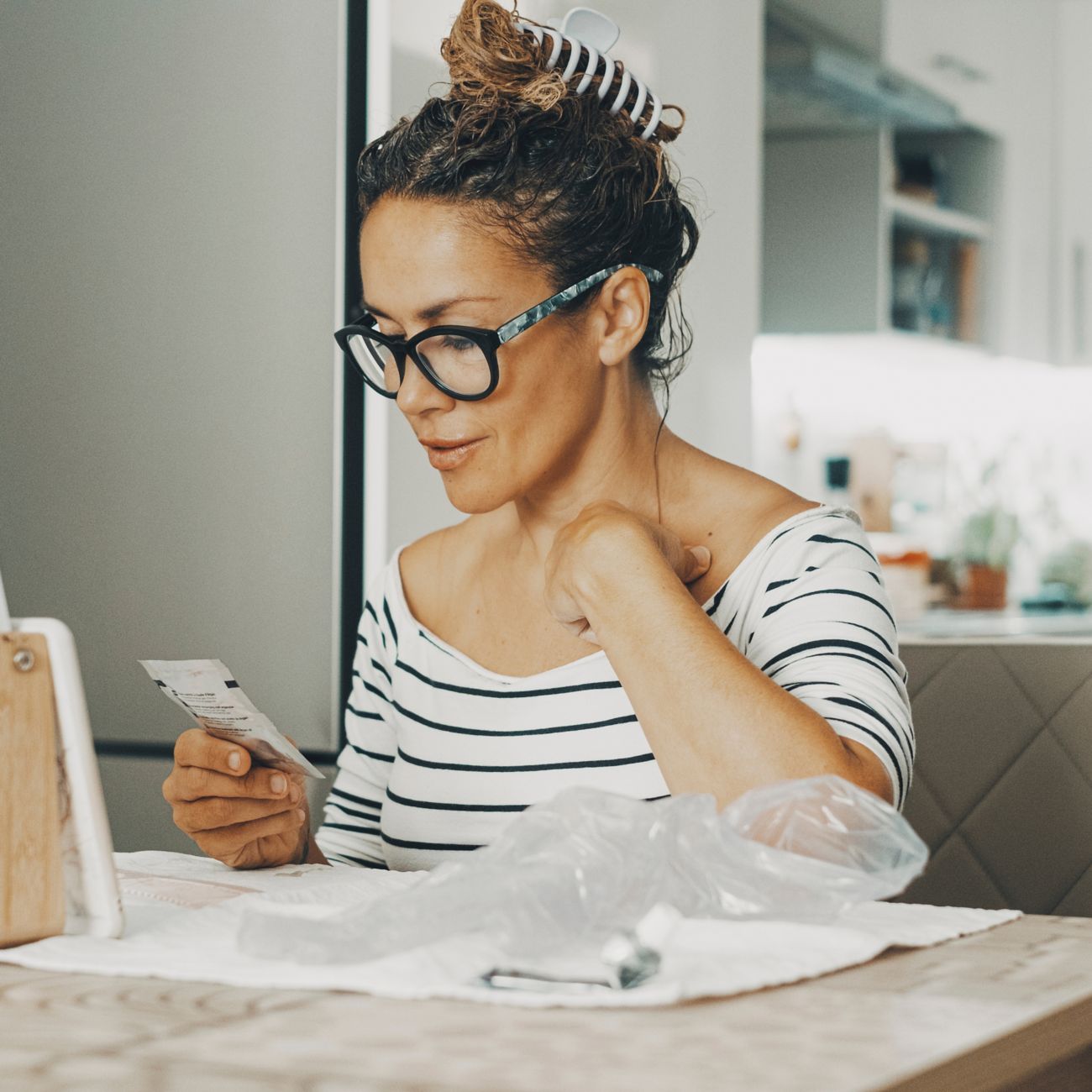How-to guide for at-home hair colour

Planning to dye your hair at home? It's cost-effective and incredibly handy. But before you begin, there are several key things you need to ensure before you start the hair-colouring process at home.
For best results, you should try to find the right colour and formula. It's also important to apply your hair dye accurately and ensure that there are no allergens or other concerns. In this step-by-step guide, we offer DIY hair dye tips that can give you great results.

01
Choosing your hair colour
At-home hair colour can come in many shades and formulas. How do you choose the right one for you? Professional colourists advise sticking with one or two shades of your natural hair colour for best results. This way, your results will look soft and natural and you minimise the risk of damaging your hair.
Shop hair colour below and read on for our handy tips.
Shop hair colour
For blonde hair, experts recommend going only one shade lighter than your natural hair colour.
For dark brown or black hair, stick with shine-enhancing temporary formulas, and never try to lighten your hair at home. Lightening dark hair is a precise process. If not done correctly, it can result in orange strands and damaged hair.
If you're covering grey hair, you can look at using permanent dyes. Just be prepared to touch up the regrowth regularly.
Tip: Make sure to take your lifestyle into account. Colouring your hair requires regular maintenance. If you can handle the upkeep, use a permanent at-home hair dye. If you're busy, temporary or semi-permanent dyes are more forgiving on regrowth.

02
Preparing for your colour
Preparation before you colour your hair is just as important as the application. Make sure you don’t miss this part! Use our step-by-step to get ready to colour your hair at home.
How to prep for hair dye
Step 1 of 6
Before starting your home hair dye, do a patch test on your wrist. This is a good way to check for allergies or sensitivities to ingredients. Do this at least 24 hours before applying the DIY hair colour. If no sensitivity or irritation appears after that time, it should be OK to use that formula.
Step 2 of 6
Always read the ingredient list and instructions carefully. Don’t feel as though you can wing it. That’s when mistakes happen.
Step 3 of 6
Protect your clothing with a cape or a towel. At-home hair dye can stain bathroom towels and surfaces so it's best to take care. Also, don't forget to apply a barrier cream around your hairline to prevent staining your skin.
Step 4 of 6
You should apply at-home hair colour to dry hair, so wash your hair a few days before. Your hair shouldn't be dirty or oily when you colour it, but it doesn't have to be completely clean either. It's ok for your natural oils to be there.
Step 5 of 6
Gently brush or comb your hair to ensure it’s tangle-free. This makes dyeing your hair easier.
Step 6 of 6
Divide your hair into four sections. Use a comb to section the hair along the part line, and then across the head, from ear to ear. Use some clips to hold each section in place.

03
Applying your DIY hair dye
Now, it’s time to apply your hair colour like a pro. Read the instructions again, and wear the gloves usually provided in the pack to protect your hands from staining and irritation. Then, follow these simple steps:
How to dye your hair at home
Step 1 of 4
Mix the hair dye according to the instructions. Some formulas have only one solution, while others need you to mix two solutions in a bowl or bottle.
Step 2 of 4
Using a mirror for guidance (or ask a friend to help you out), apply the dye evenly, section by section. Start at the back of your head, and always apply from the roots to the ends. Ensure an even distribution of colour by massaging it into your hair.
Step 3 of 4
Leave the dye to process for the exact time specified in the instructions. Be careful you don’t take it off too soon, or you risk an unfinished colour. Don’t leave it for too long, either, or you could damage your hair.
Step 4 of 4
Rinse your hair thoroughly with lukewarm water until it runs clear. Use the included conditioner to nourish and hydrate your freshly coloured hair.

04
Aftercare
Coloured hair needs care to maintain the results and keep it shiny and vibrant. Try not to wash your hair every day to prevent the colour fading. Every other day is fine.
When you do wash your hair, use colour-safe shampoo and conditioner formulated for coloured hair. You can even buy formulas for your particular hair colour. Protect your shine and colour by using a leave-in UV-protecting spray or cream. Avoid sun exposure where possible and limit how often you use heated styling tools.
Shop for hair aftercare

05
Last word
Colouring your hair at home can be tricky, but with our tips, you can confidently make your hair vibrant and shiny. If you prepare properly and follow the instructions on the pack, you should be able to achieve great results at home. And if you need help with complicated hair colouring or want guidance, contact the experts using the helpline on the product's packaging.
Finally, make sure to check the product ingredients to ensure they are safe for you. Stop using if you experience any rash or irritation. Always follow the product instructions for best results.
